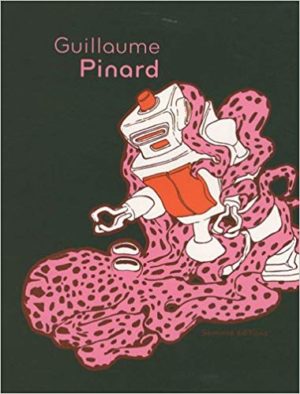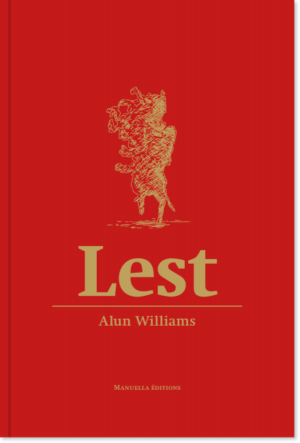Lalitha Lajmi
Lalitha Lajmi
Sternberg Press, 2024
livre
11 x 16 cm
104 pages
14,00€
Self-taught painter Lalitha Lajmi (1932–2023) was born in Kolkata, India, into a family with a keen interest in the arts, yet her artistic fervor was nonetheless limited by her circumstances. As a mother, Lajmi set up her first studio in her garage, working on her multivalent practice long into the night. Her initial investigations began with realism and later moved into expressions of Tantrism and the concept of Bindu. Critical acknowledgment of Lajmi’s work would not materialize until the very end of her life. The artist died soon after her first museum survey at Mumbai’s National Gallery of Modern Art.
In this first critical volume and biography of the artist, author Skye Arundhati Thomas delves into Lajmi’s archives, papers, letters, and sketchbooks in pursuit of clues about the artist’s character. Arundhati-Thomas also reveals the critical role that psychoanalysis played in the evolution of Lajmi’s art into the realm of the conceptual and, specifically, a distinctly situated form of autoethnography. Studying Lajmi’s relationship with her psychoanalyst, Thomas describes how these sessions fueled a practice of self-portraiture that formed the bedrock of the artist’s practice.





